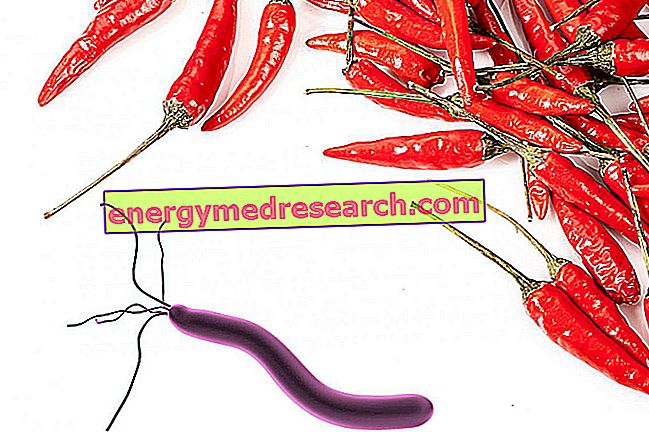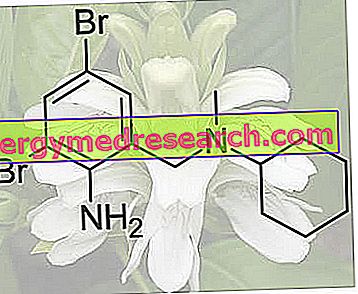Definition
Hypersplenism is a disorder characterized by an increase in the haemocateretic functions of the spleen, so that there is a greater destruction of the worn blood cells. An increase in splenic seizure may result in the reduction of one or more circulating cell populations - with anemia, leukopenia or thrombocytopenia - or their overall decrease ( pancytopenia ). Consequently, the possible consequences of hypersplenism are a greater susceptibility to hemorrhagic manifestations and infections.
Hypersplenism is associated with some cases of splenomegaly (enlarged spleen). Therefore, it may be due to inflammatory, infectious (mononucleosis, malaria, tuberculosis and brucellosis) and immune pathologies (autoimmune hemolytic anemias, Feltry syndrome, etc.). Other times, this condition depends on lymphomas, leukemias, myeloid metaplasia, connective tissue diseases and thesaurismosis (eg Gaucher disease and Niemann-Pick disease).
Hypersplenism may also be associated with congestive splenomegaly, as in the case of liver cirrhosis with portal hypertension and compression or thrombosis of the splenic vein or portal vein.
Possible Causes * of Hypersplenism
- Hallux valgus
- Anemia
- Brucellosis
- Liver Cirrhosis
- Leishmaniasis
- Leukemia
- lymphoma
- Systemic lupus erythematosus
- Malaria
- Gaucher disease
- Mononucleosis
- Cooley's disease
- Polycythemia vera
- thalassemia
- Tuberculosis



